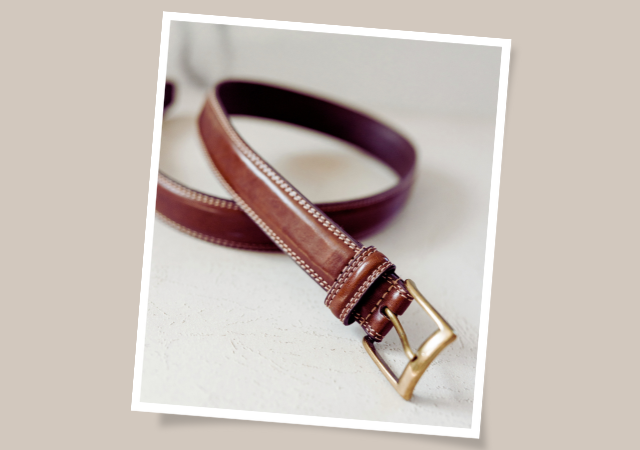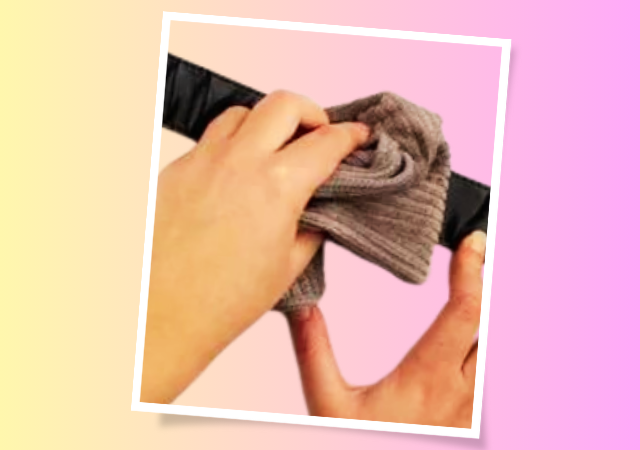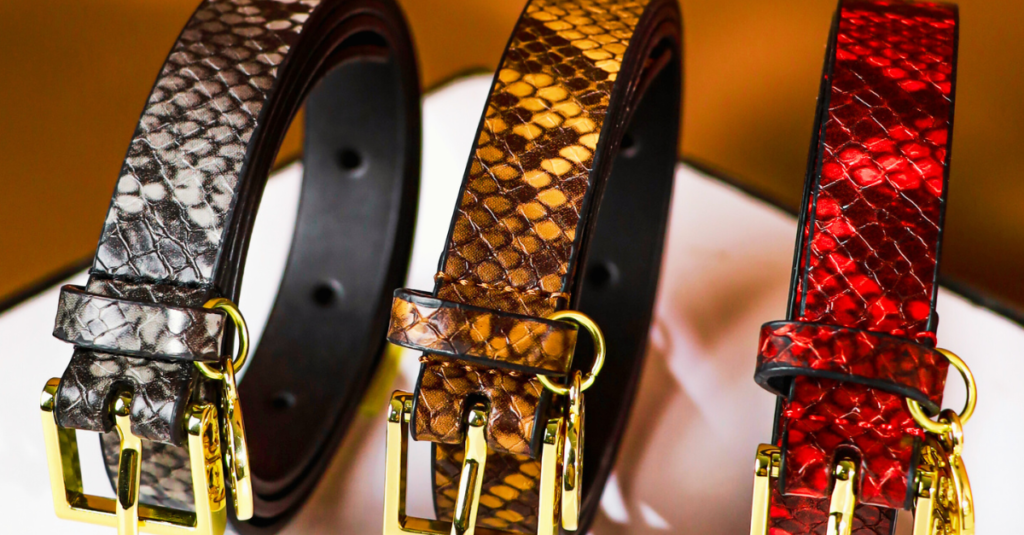How to Properly Care for Your Belts: A Complete Maintenance Guide
Introduction
Welcome to “How to Properly Care for Your Belts: A Complete Maintenance Guide,” where we unravel the secrets to preserving the longevity and aesthetic appeal of your cherished belts. Belts are more than mere accessories; they are functional elements of our wardrobe that deserve attention and care. This comprehensive guide will navigate you through the intricacies of maintaining different types of belts, including leather and fabric, ensuring they remain in pristine condition for years to come. From cleaning techniques and storage practices to addressing common issues and knowing when it’s time for a replacement, this guide is your go-to resource for belt care. Invest a little time in understanding and implementing these maintenance tips, and you’ll not only enhance the lifespan of your belts but also elevate your overall style. Join us on this journey to keep your belts looking sharp and reliable.
How to Properly Care for Your Belts: A Complete Maintenance Guide
Chapter 1: Understanding Belt Materials

Before diving into maintenance tips, it’s crucial to comprehend the materials your belts are made from. The most common types include leather, fabric, and synthetic materials. Each requires distinct care approaches to ensure optimal durability.
- Leather Belts: Leather is a classic and durable material, but it demands regular care to prevent cracking and fading. Use a soft brush or cloth to remove dust and dirt. Apply a leather conditioner periodically to maintain suppleness and prevent drying. Avoid prolonged exposure to sunlight and extreme temperatures, as these can accelerate wear.
- Fabric Belts: Fabric belts, often made from cotton, canvas, or woven materials, are versatile and comfortable. However, they are susceptible to stains and wear. Spot clean with a mild detergent and water mixture. Ensure they’re completely dry before storing to prevent mildew. Consider rotating fabric belts to minimize strain on specific areas.
- Synthetic Belts: Synthetic belts, made from materials like vinyl or faux leather, are often more affordable but require careful maintenance. Wipe them clean with a damp cloth and mild soap. Avoid harsh chemicals, as they can damage the synthetic surface. Store them in a cool, dry place to prevent warping.
Chapter 2: Cleaning Techniques

Maintaining the cleanliness of your belts is essential for both appearance and longevity. Regular cleaning helps prevent the accumulation of dirt, grime, and oils that can deteriorate the material over time.
- Leather Belts: For leather belts, use a damp cloth to wipe away surface dirt. If stains persist, a mild soap solution can be applied. Ensure the belt is completely dry before storing, as moisture can promote mold growth. Periodically, treat the leather with a specialized leather cleaner and conditioner to nourish the material.
- Fabric Belts: Fabric belts can be spot cleaned with a mixture of mild detergent and water. Gently scrub the stained area using a soft brush or cloth. Machine washing is generally not recommended, as it can compromise the integrity of the fabric. Air-dry thoroughly before wearing or storing.
- Synthetic Belts: Wipe synthetic belts with a damp cloth and mild soap to remove surface dirt. Harsh chemicals can damage the synthetic material, so avoid using them. Check for any signs of peeling or cracking, as synthetic belts may require more frequent replacement compared to leather or fabric options.
Chapter 3: Proper Storage Practices
How you store your belts can significantly impact their lifespan and overall condition. Follow these storage guidelines to keep your belts looking their best:
- Hang or Coil Leather Belts: Hanging or coiling leather belts helps maintain their shape and prevents creases. Use a belt hanger or a designated drawer with compartments for organized storage. Avoid hanging them in direct sunlight or damp areas to prevent damage.
- Roll Fabric Belts: Fabric belts are best stored by rolling them rather than folding, reducing the risk of creases. Keep them in a drawer or on a shelf away from direct sunlight to preserve their colors. Avoid hanging fabric belts, as this can cause stretching over time.
- Lay Flat Synthetic Belts: Lay synthetic belts flat in a drawer to prevent warping. Avoid stacking heavy items on top of them, as this can lead to deformation. Keep them away from heat sources, as synthetic materials can become brittle when exposed to high temperatures.
Chapter 4: Addressing Common Belt Issues

Even with proper care, belts may encounter common issues that need attention. Recognizing and addressing these problems promptly can extend the life of your belts:
- Loose or Missing Belt Holes: Over time, belt holes may become stretched or show signs of wear. Prevent further damage by avoiding excessive force when fastening the belt. If holes are stretched, consider using a leather hole punch to create new ones. For missing holes, a cobbler can professionally add new ones.
- Buckle Issues: Check the buckle for any signs of loosening or damage. Tighten screws if necessary, and replace any damaged buckles promptly. Regularly inspecting the buckle can prevent unexpected breakage.
- Cracking or Peeling: For leather belts, address cracking by applying a leather conditioner regularly. For synthetic belts, peeling may occur over time. In such cases, it’s advisable to replace the belt, as peeling is often irreversible.
Chapter 5: Knowing When to Replace Your Belt
Despite diligent maintenance, belts have a finite lifespan. Recognizing when it’s time to replace a belt is crucial to avoid wardrobe malfunctions and maintain a polished appearance:
- Visible Wear and Tear: If you notice significant wear, fraying, or discoloration that cleaning and conditioning can’t remedy, it may be time for a replacement. Wearing a deteriorating belt can negatively impact your overall look.
- Stretched Out Holes: When the belt holes become overly stretched, it’s a sign that the belt is losing its structural integrity. Attempting to force the belt into stretched holes can cause further damage.
- Buckle Damage: A damaged or broken buckle compromises the functionality of the belt. If attempts to repair the buckle prove unsuccessful, it’s time to retire the belt and invest in a new one.
Conclusion (How to Properly Care for Your Belts: A Complete Maintenance Guide)
Caring for your belts is a simple yet essential aspect of maintaining a polished and put-together appearance. Whether you favor leather, fabric, or synthetic options, understanding the nuances of each material and following proper maintenance practices will extend the life of your belts. Regular cleaning, appropriate storage, and addressing common issues in a timely manner will ensure that your belts remain reliable and stylish accessories for years to come. Remember, a well-maintained belt not only serves its practical purpose but also adds a refined touch to your overall look. So, invest a little time in belt care, and you’ll reap the rewards of a well-preserved wardrobe staple.

My name is Rohit Vagh and I’m a content writer specializing in fashion and lifestyle. I have three years of experience in this field and have written various articles. My writing style is creative and engaging, and I strive to create content that resonates with my readers. I have a deep passion for fashion and am constantly researching the latest trends and styles to make sure my readers are up to date. I’m excited to continue my career in blogging, and I’m always looking for new opportunities in the fashion and lifestyle space.





